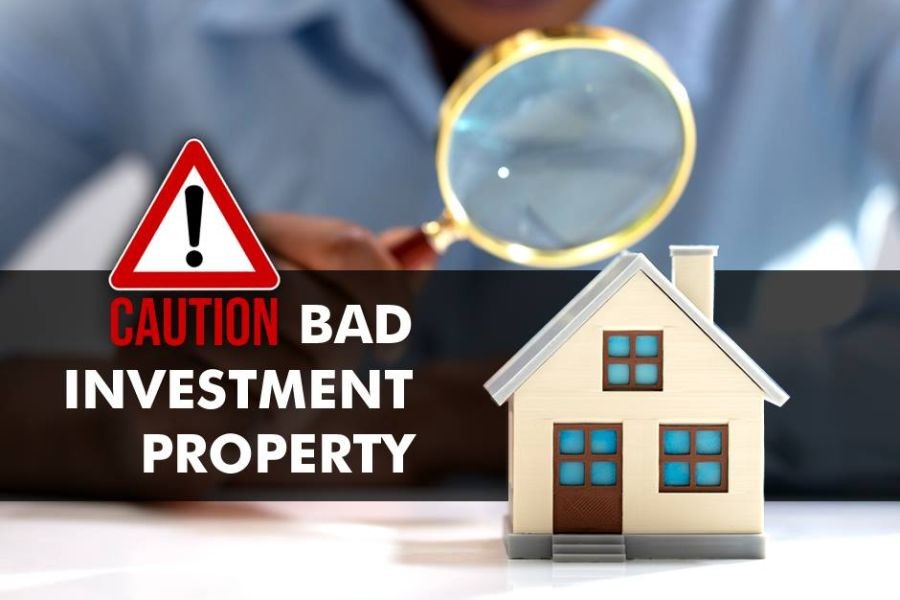Introduction
Imagine turning a modest $10,000 investment into a million-dollar portfolio in just five years. This might sound like a fairy tale to many, but in the dynamic landscape of Australia's real estate market, such success stories are increasingly becoming a reality. The Australian property market, despite its fluctuations, offers substantial opportunities for savvy investors. With the right strategies and insights, it is indeed possible to achieve remarkable growth. This article delves into how one Australian investor achieved this feat, offering insights, data-backed strategies, and expert analysis to inspire and guide fellow investors.
Understanding the Australian Real Estate Landscape
The Australian real estate market has been a hotbed for investment due to its robust growth trends and regulatory environment. According to CoreLogic, property prices in major cities like Sydney and Melbourne have seen significant increases, with Sydney property prices rising by 12% in 2024 alone. This growth is fueled by factors such as population growth, urbanization, and favorable government policies.
However, investing in real estate is not without its challenges. The Reserve Bank of Australia (RBA) has implemented interest rate adjustments to curb inflation, impacting mortgage rates and, consequently, property affordability. Investors must navigate these complexities to maximize returns.
Case Study: From $10,000 to $1 Million in Five Years
Meet Sarah, an astute investor from Brisbane. In 2018, Sarah decided to invest $10,000 in the real estate market. Her journey from this modest start to a million-dollar portfolio offers valuable lessons for any aspiring investor.
Problem
Sarah faced the challenge of entering a competitive market with limited capital. The high property prices in urban areas posed a significant barrier, and she needed to find a way to maximize her investment potential.
Action
Sarah adopted a multi-faceted investment strategy. She started by investing in a co-owned property in a developing suburb, leveraging her savings and a small mortgage. By choosing a location with upcoming infrastructure projects, she ensured future value appreciation. Additionally, she diversified her portfolio by investing in Real Estate Investment Trusts (REITs), which provided regular income and exposure to commercial properties.
Result
- Within five years, Sarah's initial investment grew exponentially. The co-owned property appreciated by 150%, thanks to the suburb's development boom.
- Her REIT investments yielded an average annual return of 8%, contributing significantly to her portfolio's growth.
- By 2023, Sarah's portfolio was valued at over $1 million, showcasing the power of strategic diversification and market insight.
Takeaway
Sarah's success underscores the importance of strategic location selection, diversification, and leveraging market trends. Australian investors can replicate her success by focusing on emerging suburbs and utilizing investment vehicles like REITs to mitigate risk while maximizing returns.
Market Trends and Economic Factors
The Australian real estate market is shaped by various economic factors. Population growth, as reported by the Australian Bureau of Statistics, is a significant driver, with Australia’s population expected to reach 30 million by 2030. This growth fuels demand for housing, pushing property prices upward.
Additionally, the government's infrastructure investment, such as the Sydney Metro expansion, creates opportunities in suburban areas, making them attractive for investors seeking long-term growth.
Regulatory Insights: Navigating the Legal Landscape
Investors must be aware of regulatory frameworks such as those enforced by the Australian Prudential Regulation Authority (APRA). APRA’s lending standards ensure financial stability but can affect mortgage accessibility.
Furthermore, the Australian Taxation Office (ATO) offers incentives such as negative gearing, which allows property investors to deduct losses against their taxable income, enhancing cash flow and encouraging investment.
Risk vs. Reward: Strategies for Success
Investing in real estate involves balancing risk and reward. Key strategies include:
- Research and Market Analysis: Understanding market dynamics and trends is crucial. Investors should monitor reports from authoritative sources like CoreLogic and the RBA.
- Diversification: Spreading investments across different property types and locations reduces risk and increases potential returns.
- Leveraging Financing Options: Utilizing mortgages and financial products can amplify investment potential, though it requires careful management to mitigate debt risks.
- Long-term Perspective: Real estate is a long-term investment. Patience and a strategic approach to capitalizing on market cycles are essential.
Common Myths and Mistakes
Misconceptions can hinder investment success. Let's debunk some common myths:
- Myth: "Property prices only go up."Reality: While long-term growth is likely, short-term fluctuations occur. According to CoreLogic, some markets may experience corrections, emphasizing the need for a long-term perspective.
- Myth: "Investing in real estate is passive."Reality: Successful investing requires active management and continuous market monitoring.
- Myth: "You need a large capital to start."Reality: As Sarah's case shows, strategic planning can turn a modest investment into significant wealth over time.
Future Trends & Predictions
The future of Australian real estate remains promising, with several trends shaping the market:
- Urbanization and Infrastructure Development: Continued investment in infrastructure will open new growth corridors, especially in suburban areas.
- Technological Integration: Proptech innovations will streamline property transactions and management, enhancing efficiency and accessibility for investors.
- Sustainability and Green Building: Increasing demand for energy-efficient homes will drive the development of sustainable properties, offering new investment opportunities.
According to a report by Deloitte, these trends will continue to influence the market, with investors who adapt early reaping substantial benefits.
Conclusion
The journey from a $10,000 investment to a million-dollar portfolio is not just a dream but a feasible goal with the right strategies and insights. By understanding market dynamics, leveraging regulatory incentives, and adopting a diversified investment approach, investors can unlock the potential of the Australian real estate market. As Sarah's story illustrates, success is within reach for those willing to navigate the challenges and seize the opportunities presented by this dynamic industry.
Final Takeaway & Call to Action
Ready to start your investment journey? Evaluate emerging suburbs, consider REITs, and stay informed about market trends to enhance your investment strategy. Join our newsletter for the latest insights and updates on the Australian real estate market to stay ahead of the curve!
People Also Ask (FAQ)
- How does investing in Australian real estate impact wealth growth?Investing in Australian real estate can significantly enhance wealth growth, as evidenced by a 12% rise in Sydney property prices in 2024 (CoreLogic). Strategic investments yield high returns over time.
- What are the biggest misconceptions about real estate investing?A common myth is needing large capital to start. However, strategic planning, as seen in successful case studies, shows that modest investments can grow significantly.
- What are the best strategies for real estate investment in Australia?Experts recommend researching market trends, diversifying investments, leveraging financing options, and maintaining a long-term perspective for success.
Related Search Queries
- Australian real estate investment strategies
- Sydney property market trends 2025
- Real estate investment trusts Australia
- Negative gearing benefits Australia
- Top suburbs to invest in Australia 2025
- Proptech innovations in real estate
- Green building investment opportunities
- Long-term real estate investment strategies
- Infrastructure development impact on property prices
- How to start investing in real estate with little money





























